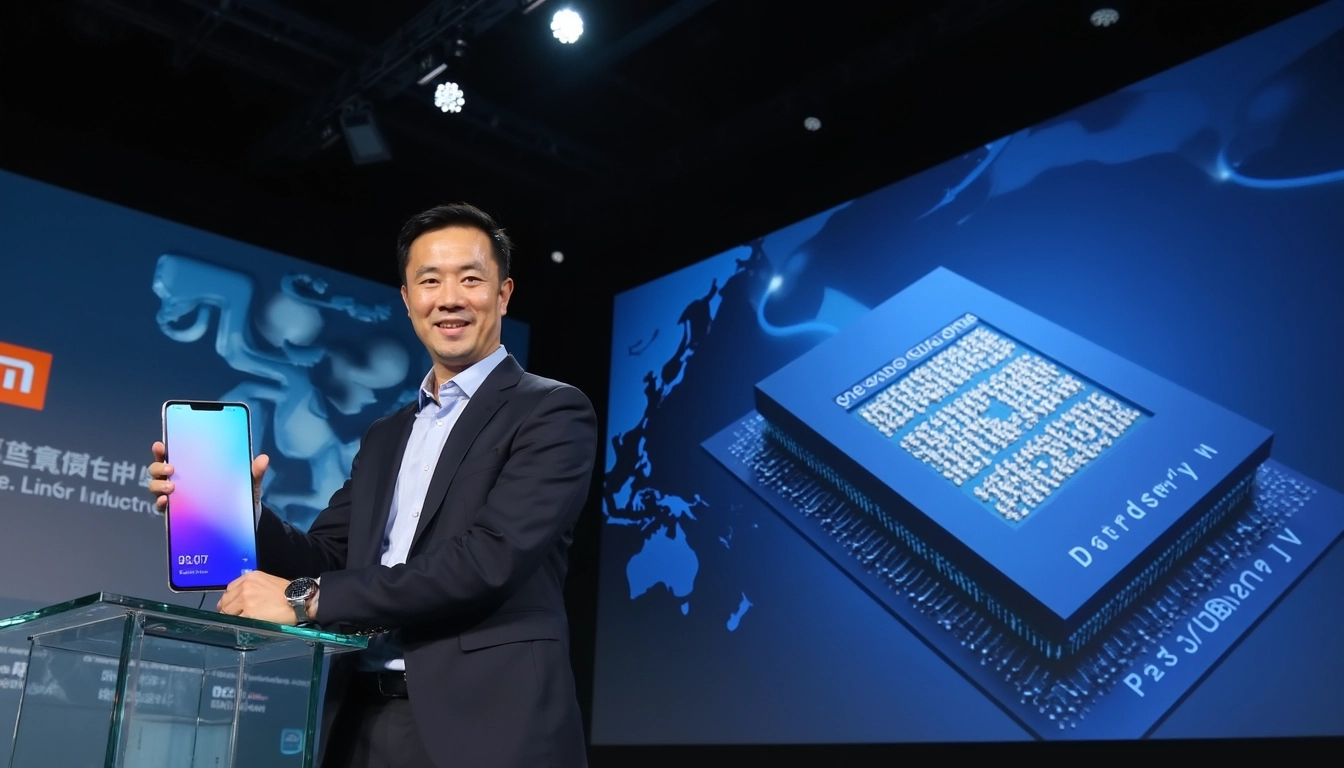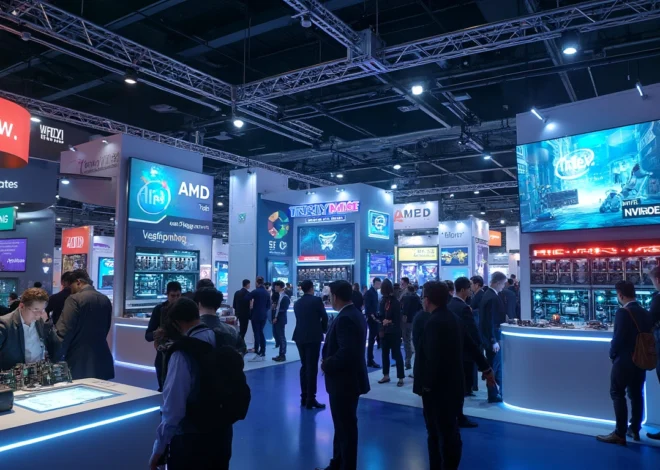
Xiaomi Launches Revolutionary 3nm Xring O1 Chip for Smartphones
Xiaomi’s introduction of the Xring O1 chip marks a significant milestone in the smartphone industry, showcasing China’s growing technological capabilities in semiconductor development. The 3nm chip’s advanced architecture and impressive specifications position Xiaomi as a serious contender in the global chip manufacturing landscape, challenging established players and reshaping market dynamics.
Table of Contents
Key Takeaways:
- Advanced Manufacturing Process – Xiaomi’s 3nm chip technology demonstrates remarkable progress in semiconductor development
- Performance Configuration – Features a powerful tri-cluster CPU setup with Cortex X925 running at 3.2GHz
- Market Competition – Direct challenge to Snapdragon and MediaTek’s dominance in mobile processors
- Economic Impact – Boost to China’s semiconductor industry and potential global market shifts
- Innovation Leadership – Signals Xiaomi’s transformation from smartphone maker to tech innovator
The Technical Marvel of Xring O1
The Xring O1 chip represents a breakthrough in mobile processing technology. Its 3nm manufacturing process puts it on par with the most advanced chips in the market. The processor features a sophisticated core configuration, including one Cortex X925 core running at 3.2GHz, three Cortex A725 cores at 2.6GHz, and four Cortex A520 cores for efficiency.
This innovative chip development aligns with the broader advancement in computing architecture, particularly in the mobile sector. The technical specifications indicate a focus on balanced performance and power efficiency.

Xiaomi 15S Pro: Showcasing Innovation
The Xiaomi 15S Pro serves as the perfect showcase for the Xring O1’s capabilities. The device features a 6.73-inch OLED display with a 120Hz refresh rate, complemented by a substantial 6,100 mAh battery. The integration of Surge G1 battery management and Surge P3 charging chips demonstrates Xiaomi’s commitment to comprehensive in-house technology development.
Market Impact and Industry Dynamics
This development creates ripples across the tech world, particularly affecting the relationship between China and the US in the semiconductor space. The achievement positions Xiaomi as a formidable competitor in the global smartphone market, potentially shifting consumer preferences and market shares.
The advancement in chip technology connects with the broader revolution in the PC industry, suggesting a future where Chinese manufacturers play an increasingly important role in global technology development.
Future Implications and Innovation
Xiaomi’s success with the Xring O1 points to a future where more manufacturers might invest in developing their own chips. This trend aligns with the future of tech in 2025, where device capabilities and innovation continue to expand.
For those interested in exploring automation solutions for tech-related content and business processes, Latenode offers powerful automation tools to streamline operations and content management.
Consumer Benefits and Performance
The integration of the Xring O1 chip in Xiaomi devices promises enhanced user experiences through improved battery life, faster charging capabilities, and advanced camera features with Leica optics. Starting at 5499 yuan, the 15S Pro offers exceptional value with up to 1TB storage options, making cutting-edge technology more accessible to consumers.


